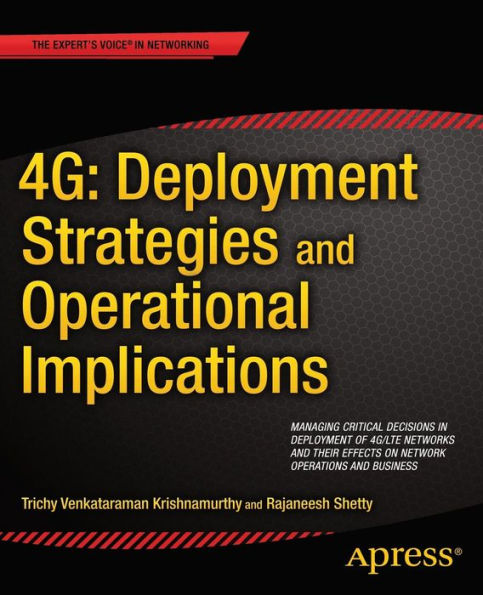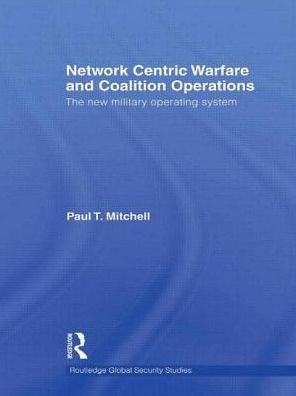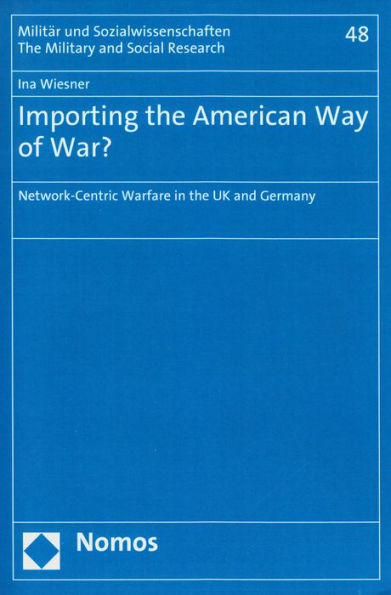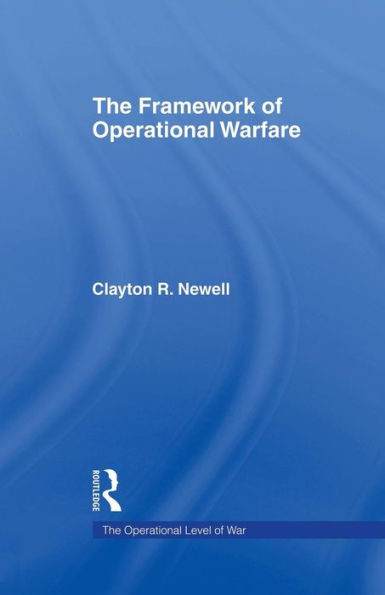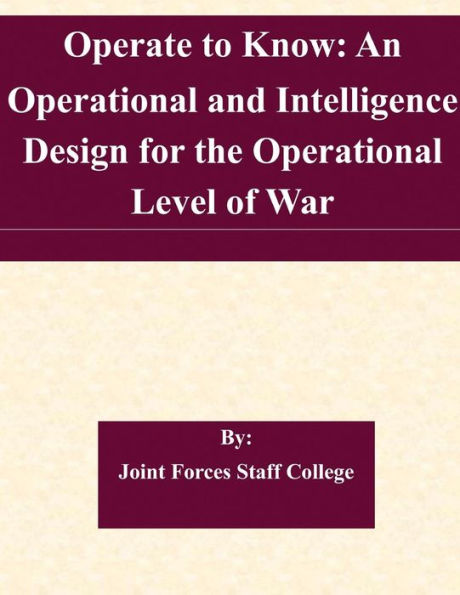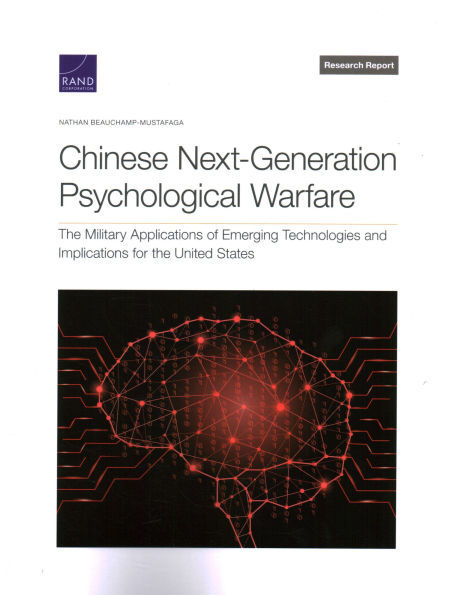Home
Network Centric Warfare: Implications for Operational Design
Barnes and Noble
Loading Inventory...
Network Centric Warfare: Implications for Operational Design in Franklin, TN
Current price: $57.95
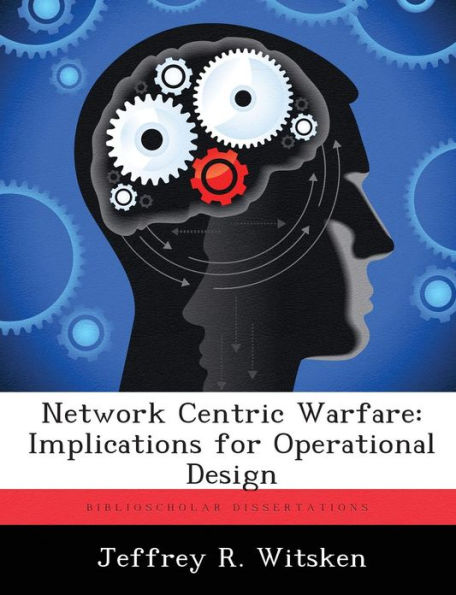
Barnes and Noble
Network Centric Warfare: Implications for Operational Design in Franklin, TN
Current price: $57.95
Loading Inventory...
Size: OS
The United States military is adapting itself to fight warfare in the Information Age, preparing forces that use information superiority as a key weapon. Advocates of this communication-based and information-based form of warfare use the term "Network-Centric Warfare" to describe the new paradigm. This new form of warfighting is expected to fully exploit the power of shared information and superior communications. Both of the recent "Joint Vision" documents, Joint Vision 2010 and Joint Vision 2020, embrace this new form of warfare as a central feature of the future of the US military. But does Network-Centric Warfare significantly alter operational design of a campaign? Network-Centric Warfare is essentially warfare that generates combat power by effectively linking (networking) actors, sensors, and decision-makers. Shimon Naveh's definition of a campaign (as the competition of two competing complex systems) helps frame the context and relevance of Network-Centric Warfare. Given this context, one cannot underestimate the central importance of the sensor network to the overall effectiveness of the networked force. A campaign planner must consider the abilities and limitations of his sensor network as he plans the campaign, and design appropriate actions accordingly. Additionally, the campaign planner must carefully balance dispersion and mass to counter erosion of forces and sustain operational momentum. A campaign plan must contain the right balance of Network-Centric Warfare and traditional means to attain operational objectives. Since Operation Desert Storm, the joint services have gradually achieved partial networking, which exhibits many of the anticipated features of Network-Centric Warfare. Communications and information system capabilities are enabling geographically dispersed operations, collaboration among key agencies and leaders, and reachback to distant resources. Joint forces now employ adaptive and persistent sensor networks, although limitations pers
The United States military is adapting itself to fight warfare in the Information Age, preparing forces that use information superiority as a key weapon. Advocates of this communication-based and information-based form of warfare use the term "Network-Centric Warfare" to describe the new paradigm. This new form of warfighting is expected to fully exploit the power of shared information and superior communications. Both of the recent "Joint Vision" documents, Joint Vision 2010 and Joint Vision 2020, embrace this new form of warfare as a central feature of the future of the US military. But does Network-Centric Warfare significantly alter operational design of a campaign? Network-Centric Warfare is essentially warfare that generates combat power by effectively linking (networking) actors, sensors, and decision-makers. Shimon Naveh's definition of a campaign (as the competition of two competing complex systems) helps frame the context and relevance of Network-Centric Warfare. Given this context, one cannot underestimate the central importance of the sensor network to the overall effectiveness of the networked force. A campaign planner must consider the abilities and limitations of his sensor network as he plans the campaign, and design appropriate actions accordingly. Additionally, the campaign planner must carefully balance dispersion and mass to counter erosion of forces and sustain operational momentum. A campaign plan must contain the right balance of Network-Centric Warfare and traditional means to attain operational objectives. Since Operation Desert Storm, the joint services have gradually achieved partial networking, which exhibits many of the anticipated features of Network-Centric Warfare. Communications and information system capabilities are enabling geographically dispersed operations, collaboration among key agencies and leaders, and reachback to distant resources. Joint forces now employ adaptive and persistent sensor networks, although limitations pers
